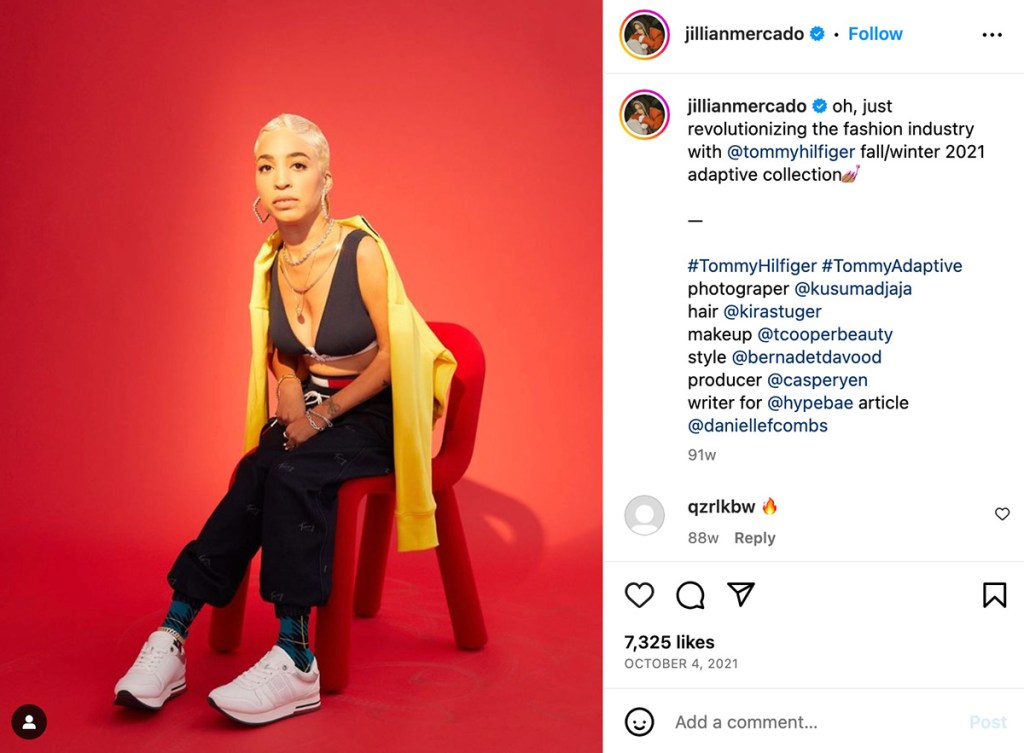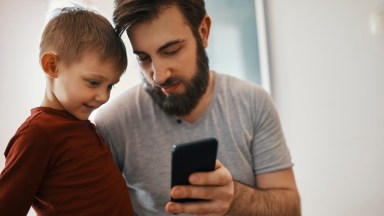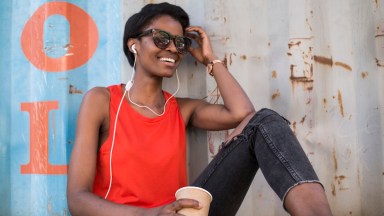When CODA won the best picture Oscar in 2022, many people with disabilities hoped it would lead to more inclusion of their stories in media. But aside from the awareness and accolades, little progress to further advance disability inclusion on screen has followed.
And the trend isn’t limited to feature films. Video Descriptor Data from Gracenote highlights that the number of new disability-inclusive TV and movie titles has been declining since peaking at 365 in 2019.
With limited inclusive options across TV and film, it’s not surprising that the disability community has found more of what it’s looking for across social media channels, where content creators with disabilities are actively filling the inclusivity void across traditional media channels. It’s important to note that while disabled creatives are finding success in social media, this is not a replacement for the decline in representation in TV and films.
Indeed, traditional media channels could learn from the success of disabled social media influencers and the brands they represent. Creatives with disabilities are providing brands with an authentic way to connect with an audience that’s actively seeking inclusivity. And importantly, branded posts from influencers with disabilities often outperform those from influencers without disabilities.
In a recent analysis of branded Instagram posts between May 2021 and May 2023, Nielsen InfluenceScope assessed the performance of 24 creators with disabilities to determine their effectiveness and ROI when compared against posts from creators without disabilities. Across eight industries, 278 branded posts from disabled creators generated a total of $474,000 in media value. Among the industries, the posts in the fashion industry generated the highest media value in absolute terms (40% of the total), but the posts in the electronics industry generated the highest value per post ($2,400 per post, well above the average of $1,700).
In aggregate, the posts from creators with disabilities scored 21.4% better in average media value than posts from creators without disabilities and drove 20.5% more interactions.
Across the industries, the branded posts from disabled creators outperformed posts from creators without disabilities in media value and engagement actions five times out of eight.
Case study: Tommy Hilfiger is reshaping fashion and beauty
Within the fashion industry, which accounted for 32% of the branded content in the InfluenceScope study, the #TommyAdaptive campaign for Tommy Hilfiger’s Adaptive collection has benefitted from the support of 26 different influencers, including three with disabilities: Jillian Mercado (@jillianmercado), Tiffany Yu (@imtiffanyyu) and Lauren “Lolo” Spencer (@itslololove). Over the past two years, the campaign has generated 257,000 interactions and $106,000 in media value.

On average, the campaign has achieved an engagement rate of 2.6% per post, collected an average of 6,000 interactions per post (more than 40% higher than the fashion industry average) and generated an average media value of $2,500 per post (also more than 40% higher than the fashion industry average).
The brand’s focus on designing for the needs of all people and the effectiveness of the digital campaign have resulted in an array of positive comments to the 47 branded posts, with 38% highlighting the brand’s focus on inclusivity and 31% expressing an appreciation for clothing that fits people with specific needs.
The brand’s focus on designing for the needs of all people and the effectiveness of the digital campaign have resulted in an array of positive comments to the 47 branded posts, with 38% highlighting the brand’s focus on inclusivity and 31% expressing an appreciation for clothing that fits people with specific needs.
While the TV screen remains the dominant media option for Americans, accounting for just under 5 hours per day1, disability representation across broadcast, cable and streaming programming remains remarkably low.
This, in turn, limits the opportunity for brands to be present in disability-inclusive content. In fact, Nielsen’s latest Attitudes on Representation study2 found that 34% of respondents said they don’t believe there’s enough content that represents them on TV.
The upside of digital connectivity and new media channels
Comparatively, Americans spend an average of 3 hours and 23 minutes with their computers, smartphones and tablets per day3, which provide access to an even greater variety of media choice, including content that they believe better represents them. Newer media options, including social media, offer greater inclusivity, which provide brands with more opportunities to embrace and show support for the disabled community by being present in the inclusive content that isn’t available in traditional media channels.
Sources:
- Q4 2022 National TV panel; time spent includes live TV, time-shifted TV, TV connected device usage.
- Nielsen Attitudes on Representation on TV Study, April 2022
- Q4 2022 National TV panel



